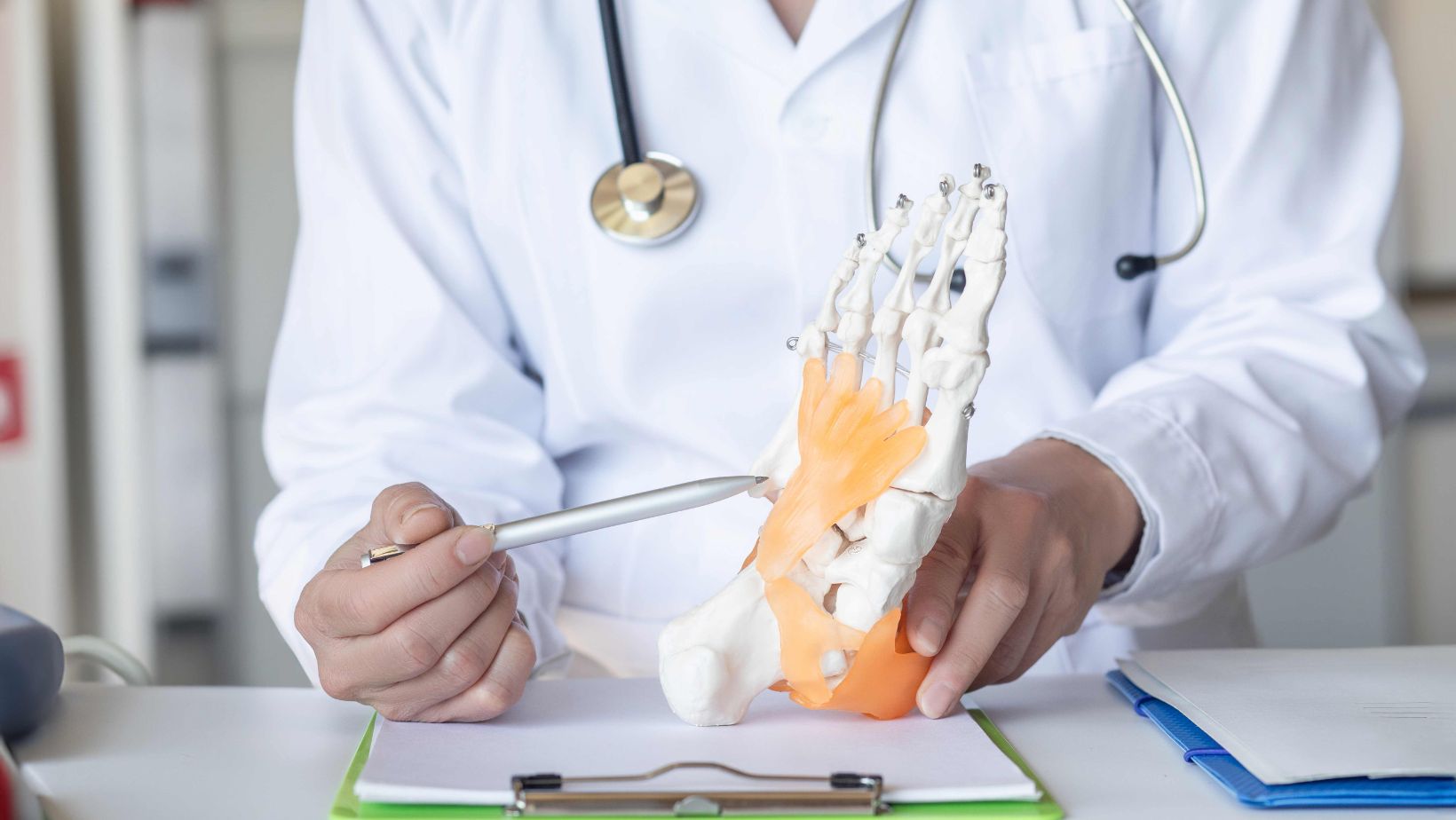
Preventing and managing common exercise-related injuries is a breeze if you have the proper know-how. This post can serve as your guide in doing just that. Read on.
Understanding Common Exercise-Related Injuries
When you start exercising, you’re likely to experience some form of discomfort. This is normal, but knowing the difference between soreness and injury is crucial.
Common exercise-related injuries include sprains, strains, shin splints, and tendinitis. These injuries can sideline you, making it important to recognize their signs and learn how to prevent them.
What You Need To Know In Preventing And Managing Common Exercise-Related Injuries
After knowing what common exercise-related injuries are and their nature, the following points will cover topics that can help you properly manage and/or prevent contracting injuries caused by exercise.
Keep on reading to learn more.
Listen To Your Body
You should always listen to your body. If you feel pain during a workout, it’s a signal that something’s wrong. Don’t push through it.
Ignoring pain can turn a minor issue into a serious injury. Stop what you’re doing (exercise activity) immediately and assess the situation. If the pain subsides soon, you can resume with your exercise. Nonetheless, if the pain is still persistent, it’s best that you don’t continue with your exercise and assess your condition – whether you need to contact an expert from a sports injury clinic Singapore or where you’re located.
Warm Up And Cool Down
Warm-ups and cool-downs are important parts of the exercise.
Doing proper warm-ups increases blood flow to your muscles, reducing the risk of injury. Spend a couple of minutes warming up with light aerobic activity and dynamic stretches.

On the other hand, cooling down helps your body return to its normal state gradually after exercising. Finish your workout with static stretches to improve flexibility and reduce muscle soreness.
Maintain Proper Form
Maintain proper form when exercising to prevent injuries. Poor technique puts unnecessary stress on your muscles and joints. Whether you’re lifting weights, running, or practicing yoga, make sure you’re using the proper form. Take into consideration working with a professional trainer who can guide you and correct your form.
Gradually Increase Intensity
Gradually increase the intensity of your exercises to prevent exercise-related injuries. Follow the 10% rule – don’t increase your workout intensity, weight, or mileage by more than 10% per week. This gives your body time to adapt and strengthens gradually, reducing the risk of injury.
Wear Appropriate Exercise Gear
Only use certified exercise gear when doing exercising. Invest in high-quality shoes that have proper support and cushioning. Replace them regularly, as worn-out shoes can contribute to injuries. Additionally, use appropriate protective gear for sports that require it, like helmets, knee pads, and wrist guards.
Stay Hydrated
Hydration plays a vital role in preventing injuries. Drink plenty of water before, during, and after your workouts. If you’re exercising for more than an hour, consider a sports drink to replenish electrolytes.
Take Ample Rest
Rest is just as important as exercise. Your body needs time to recover and repair itself. Make sure you’re getting enough sleep and taking rest days between intense workouts to avoid overtraining. Balance your workout routine with adequate rest to stay healthy and injury-free.
Do Stretching And Strengthening Exercises
Add stretching and strengthening exercises to your exercise regimen. Did you know that flexibility-focused exercises can boost your range of motion and reduce the risk of muscle strains? Aside from that, following strengthening exercises builds up muscle stability, which lessens the chances of you contracting exercise-related injuries.
Use Ice And Heat Therapy
If you do get injured, knowing when to use ice or heat therapy can aid your recovery. Ice is effective for reducing swelling and numbing pain in the first 48 hours after an injury.

Heat therapy, meanwhile, helps relax tensioned muscles and improve blood flow. Use heat for chronic injuries or stiffness before exercising.
Seek Professional Help
Reach out and work with professionals if you’re unsure about an injury or if the pain persists.
Experts like physical therapists and sports medicine doctors can diagnose the problem and provide tailored treatment plans. Additionally, they can teach you proper exercises to prevent future injuries, as well as boost your overall performance.
Stay Consistent
Consistency is key to preventing injuries. Regular exercise strengthens your muscles, improves flexibility, and enhances your overall fitness. Stay consistent with your workout routine, but don’t be afraid to adjust it based on how your body feels. A balanced, consistent approach will keep you healthy and injury-free.
Stay Informed
Keep abreast of the latest best practices for preventing and managing injuries. Read articles, watch videos, and attend workshops to learn more about injury prevention. The more you know, the better equipped you’ll be to take care of your body and avoid injuries.
To Conclude
Preventing and managing exercise-related injuries is crucial for a successful fitness journey. Remember: prevention is always better than cure.
By taking into consideration the tips mentioned above, you’ll be able to enjoy a healthier, more sustainable fitness journey.












